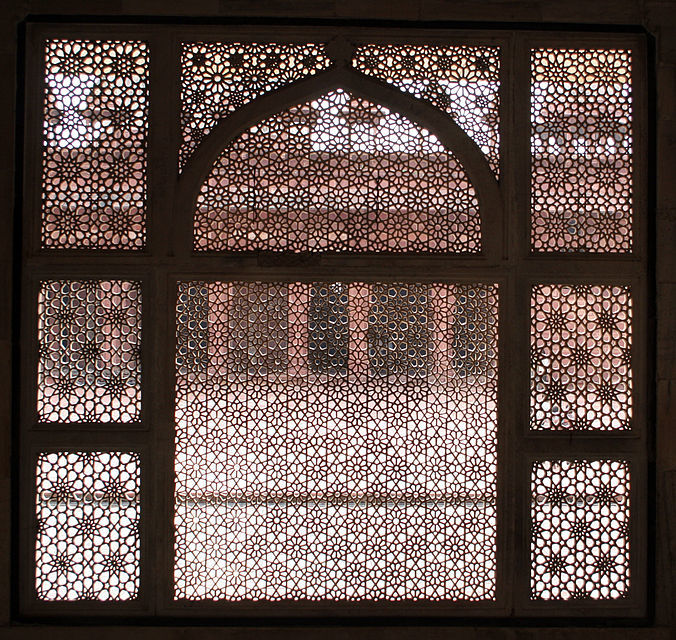This shift to a more inclusive, spiritually centered framework also has practical implications in the way we treat disease. When we realize that the quantitative and qualitative are intertwined aspects of nature, we begin to focus our efforts not only on treating disease but on healing illness. As a specialist in lung disease, I can definitely see the promise of this broader framework, especially chronic conditions such as dyspnea, when inhalers, oxygen, surgeries, and muscle strengthening only go so far. To effectively treat dyspnea, one often needs to move beyond the physical ailment itself and appreciate this problem as a human illness related to profound psychosomatic disturbance.5
The Symbolism of the Respiratory System and Its Diseases
Science according to Islam is ultimately a kind of ta’wīl or allegorical interpretation of the empirical things that constitute the world of nature.6
— Naquib al-Attas
On a daily basis, I work as a medical specialist focusing on the lungs and respiratory system. My goal is to tackle various respiratory issues that arise in my patients and offer treatments to ease their distress. One reason I chose this field was the essential function of breathing in maintaining life. This fact is even alluded to by the Arabic language, for nothing is closer to the human soul (nafs) than its breath (nafas). Breathing is also referenced in many passages of the Qur’an, notably 38:72, where God says about man, “I breathed into him from my Spirit.” This famous verse, which echoes in the scriptures of other traditions, gives us a hint that the ordinary cycle of breathing is connected in a mysterious way to the extraordinary reality of creation. For when God “breathes out” (i.e., into man), He creates, and when our breath expires, we return to Him. As humans immersed in the cyclical process, we re-enact the symbolism alluded to in the Qur’an when we breathe in oxygen and rid ourselves of carbon dioxide. Our act of breathing, which on the surface appears to be a mere biologic fact, contains a deep spiritual reminder that all creation is originated in and will return back to the divine reality (mabda' wa ma'ād).
Another symbolic meaning of breathing can be gleaned from other verses of the Qur’an (6:125 and 94:1). In these verses, the cycle of breathing, with its associated movements of the chest, is related to ease and difficulty, virtue and vice. As such, inhalation and exhalation can be seen as symbols of divine inspiration and guidance on the one hand, and as human struggle and effort on the other. The physiological process in which oxygen and carbon dioxide are inhaled and exhaled correlates to their spiritual analogues—qualities such as divine virtues and human vices. When we breathe, we are symbolically enacting the ethical task of acquiring divine virtue and ridding ourselves of destructive human vices.
When we expand on this symbolism in greater detail we can see some very interesting real-world applications. If we regard breathing as a symbol of the ethical struggle of virtue acquisition, diseases of the lungs that restrict our breathing encode a symbolic lesson that can advance our understanding of the difficulties we experience in living an ethical life. For just as there are lung diseases that restrict inhalation and exhalation, such as fibrosis and asthma, respectively, so too are there analogous spiritual infirmities that prevent us from acquiring virtue and expelling vice. For instance, in chronic obstructive pulmonary disease (COPD) and asthma, the lungs restrict one’s ability to fully exhale. This can lead to a build-up of carbon dioxide, reduction in inspiratory capacity, and often significant respiratory distress. In an analogous fashion, in many “spiritual diseases,” there is difficulty in ridding oneself of human vices. This will eventually lead to a build-up of negative qualities, reduction in the ability to attract divine virtue and grace, and spiritual distress.
The Faithful Physician
Like many other Muslim physicians, my work as a physician and my faith as a committed Muslim seek consonance. While it is essential for us to provide our patients with high-quality care that is delivered compassionately and in accordance with rigorous scientific research, we must also look into the broader qualitative and spiritual meanings that are on display in our daily encounters with patients. Although it may be difficult to loosen the mechanistic noose that shackles our thinking, we must try through sincerity and prayer to seek the divine teaching that echoes in the temple of the body. This will not only help us address the qualitative illness experienced by our patients, it will deepen our faith and wonder in relation to the spiritual message encoded in the body. So when the next patient walks into our busy clinic with a complaint of shortness of breath, we should pause and think not only about the physical reasons for this ailment but also about its spiritual message and instruction. For while we may not share with the patient the physical complaint of dyspnea, we do encounter its spiritual analogue in our struggle to rid ourselves of vices and our desire to be “in-spired” by divine virtue.
